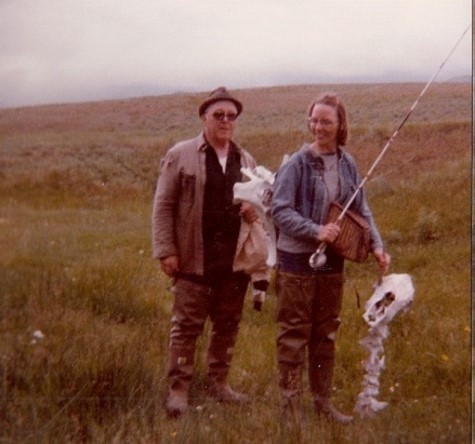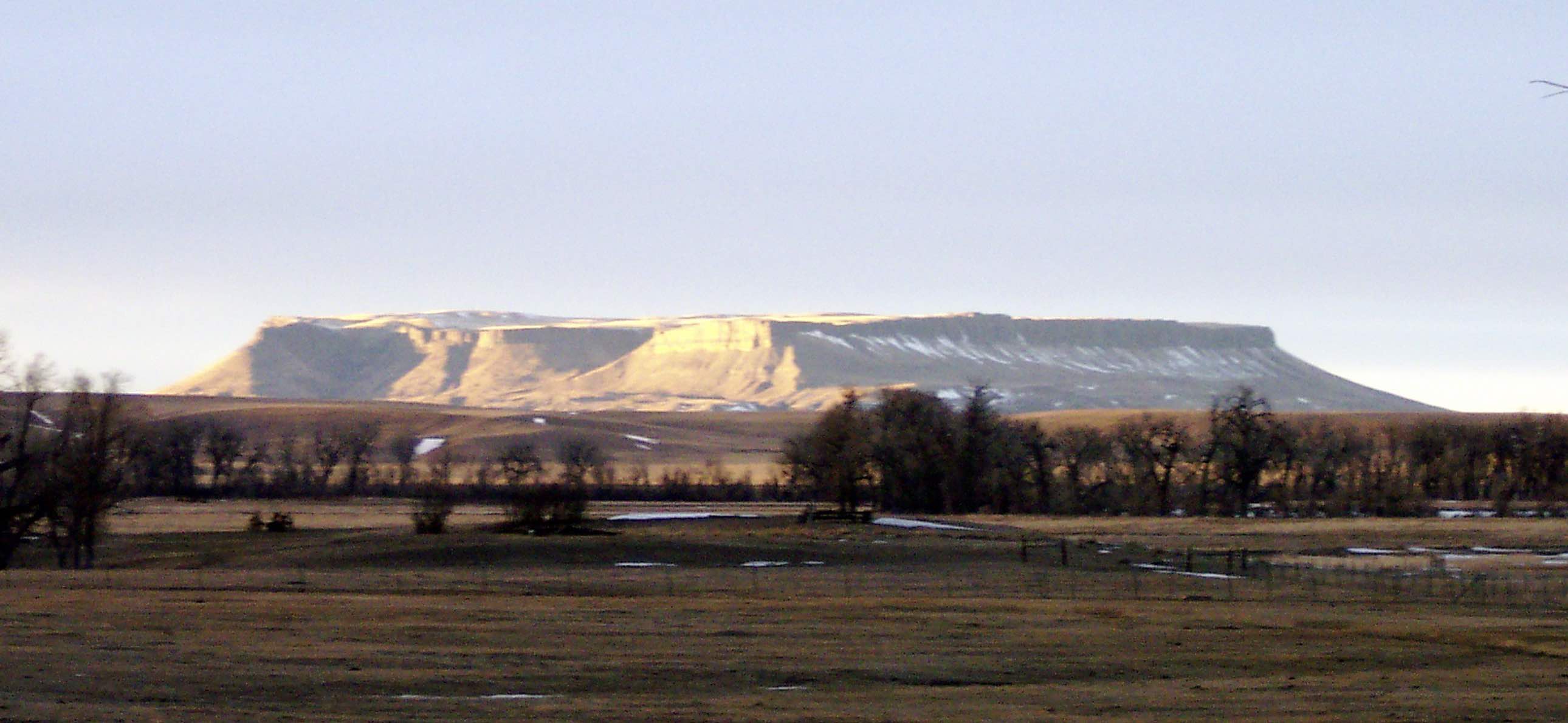
For me that day, spent fishing with my dad, far from the drone of graduate seminars and on the edge of what was once an active volcano, I connected a horse’s whitened bones with a potential fiber project. The insight was fed by an artist whom I never met outside of a book.
Growing up on Montana’s rural High Plains, I didn’t discover Georgia O’Keeffe until I was in college. I don’t know whether I was intrigued by the fact that she was still a producing artist in her 80’s or that on her New Mexico painting treks, she routinely found shade from the noon-day desert sun by crawling under her vehicle.
Perhaps I was drawn to find out more about her by her answer to being asked why she painted her flowers so big, “Because I like to.”
I thought that her simple matter-of-fact statement lay at the center of the drive to create. Whether it was the ingredient of perception or risk-taking, desire to express, her courage or her critical thinking, that statement held the reason why the slight figure in black painted her way into the history of art in America.
It was her time in New Mexico that really intrigued me, though. It was there that she created her iconic images using animal skulls and bones that she had found in the desert. Art critics point out that the textures of the bones, along with the interplay between negative and positive spaces, are what drew O’Keeffe. Yes, I agree that she was probably intrigued by the pale colors and the worn surfaces.
But what did that have to do with her statement why she painted flowers big, “Because I like to.”
O’Keefe was drawn by something else, something deep in the landscape. It is a way of thinking, of seeing. It could be called a way of knowing drawn from the landscape that surrounds us and our interactions with those landscapes and their diversity, whether the view is cultural or physical.
And that is the gift that artists bring to the world. No matter what the medium, they can pull that essence into what they create.
Georgia O’Keefe saw that “something” and described both its external and internal reality in memorable words, that both chill and entice:
“The bones seem to cut sharply to the center of something
that is keenly alive on the desert, even though it is vast
and empty and untouchable and knows no kindness with
all of its beauty.”

Comments are closed, but trackbacks and pingbacks are open.